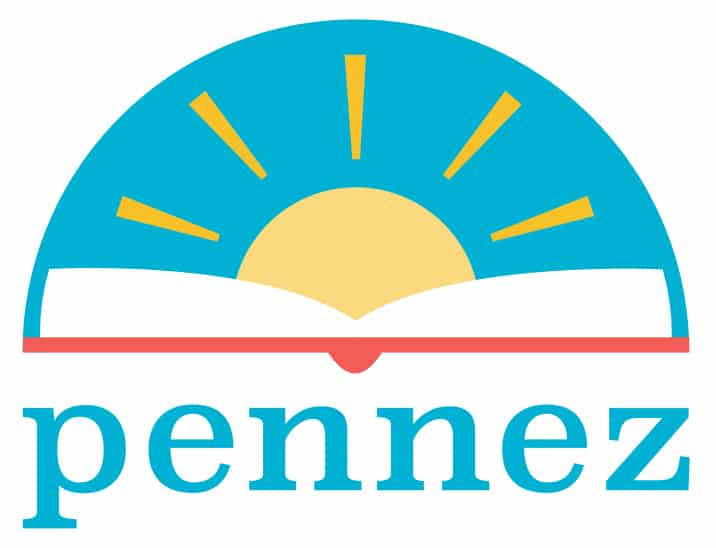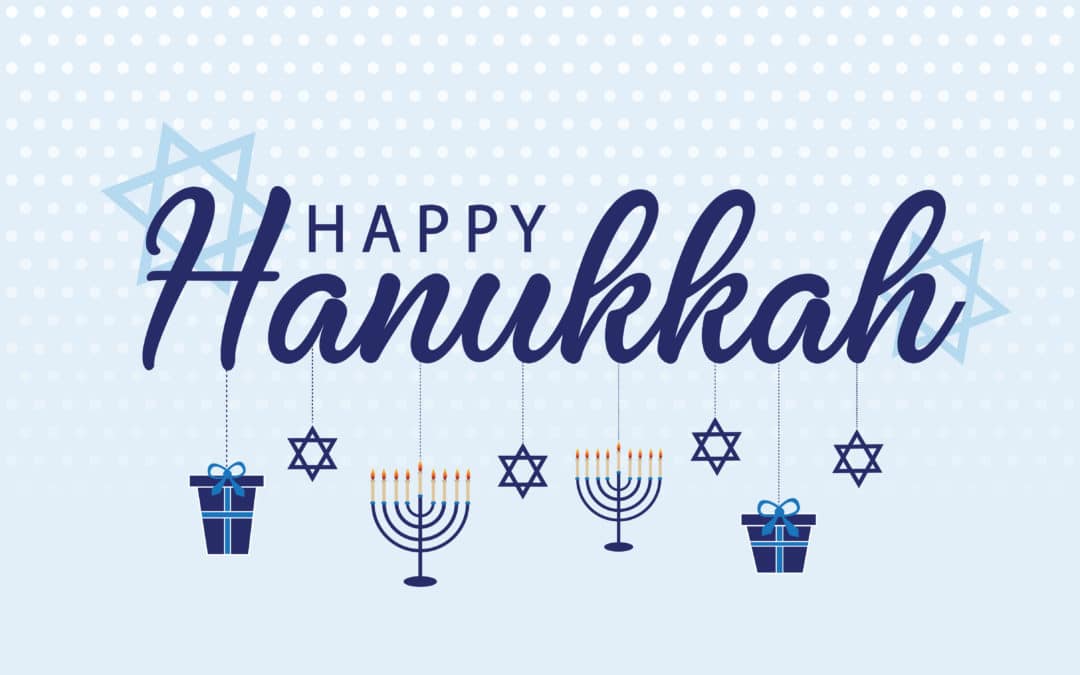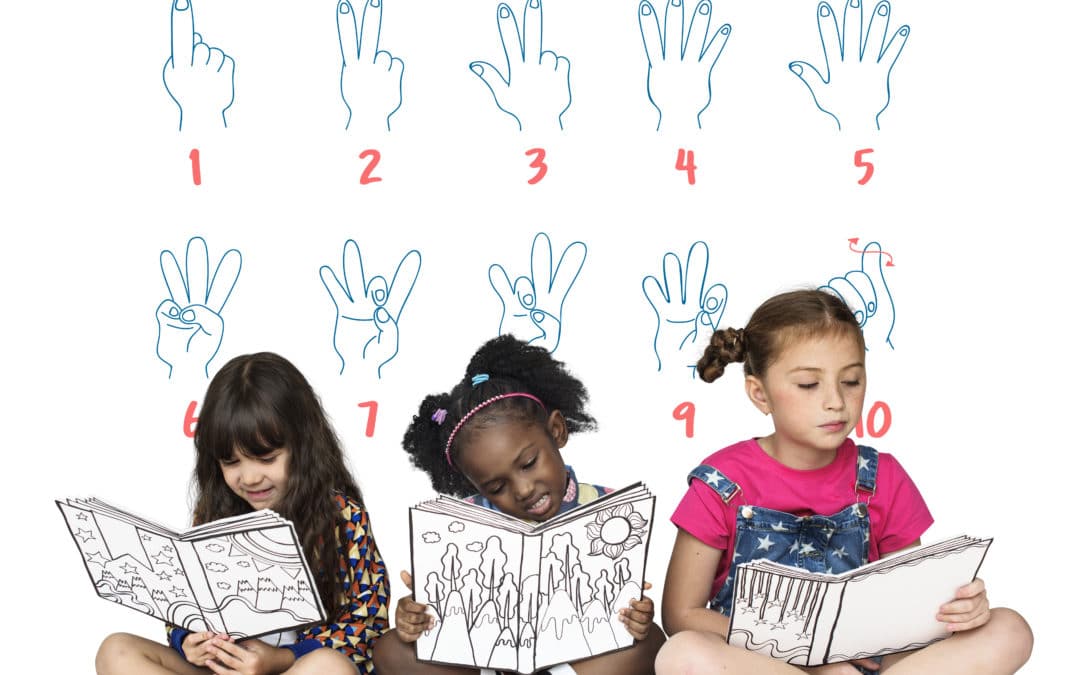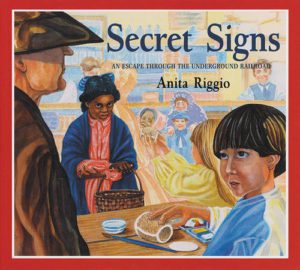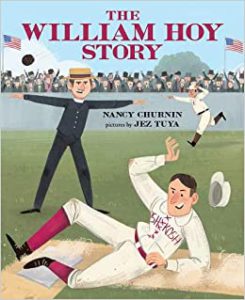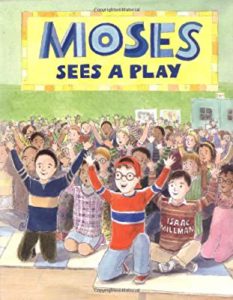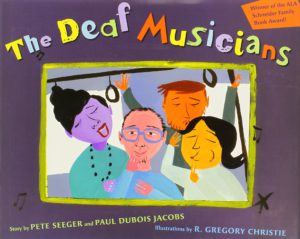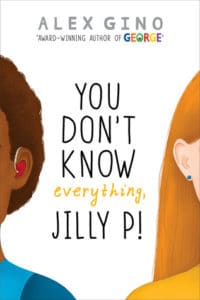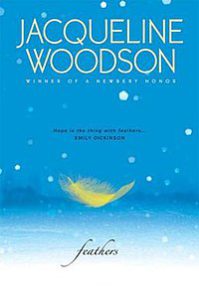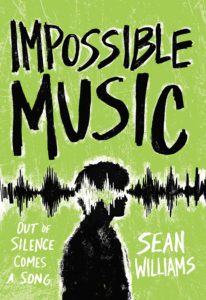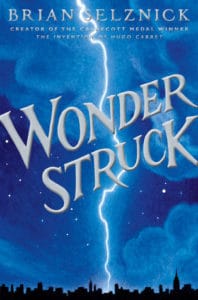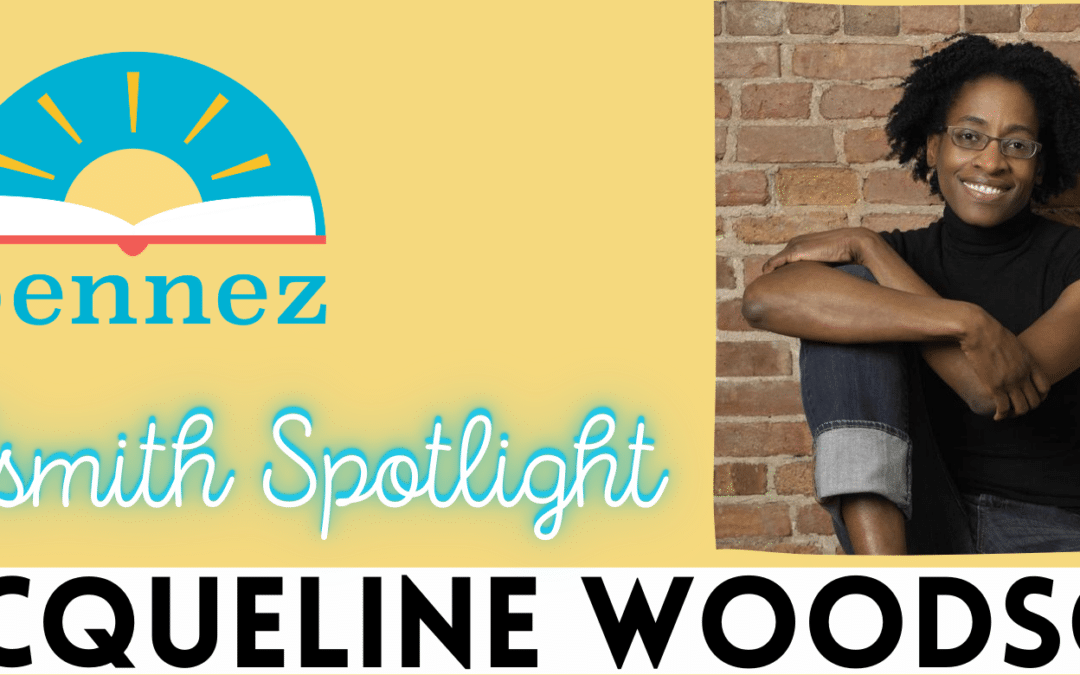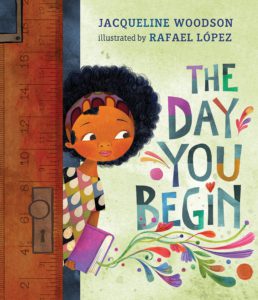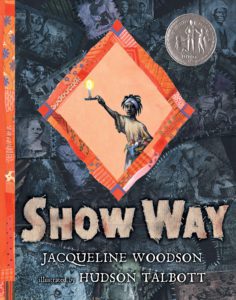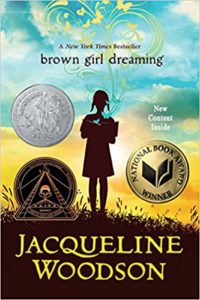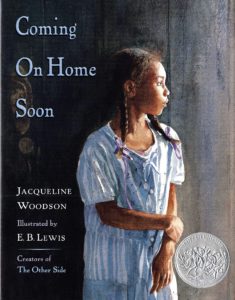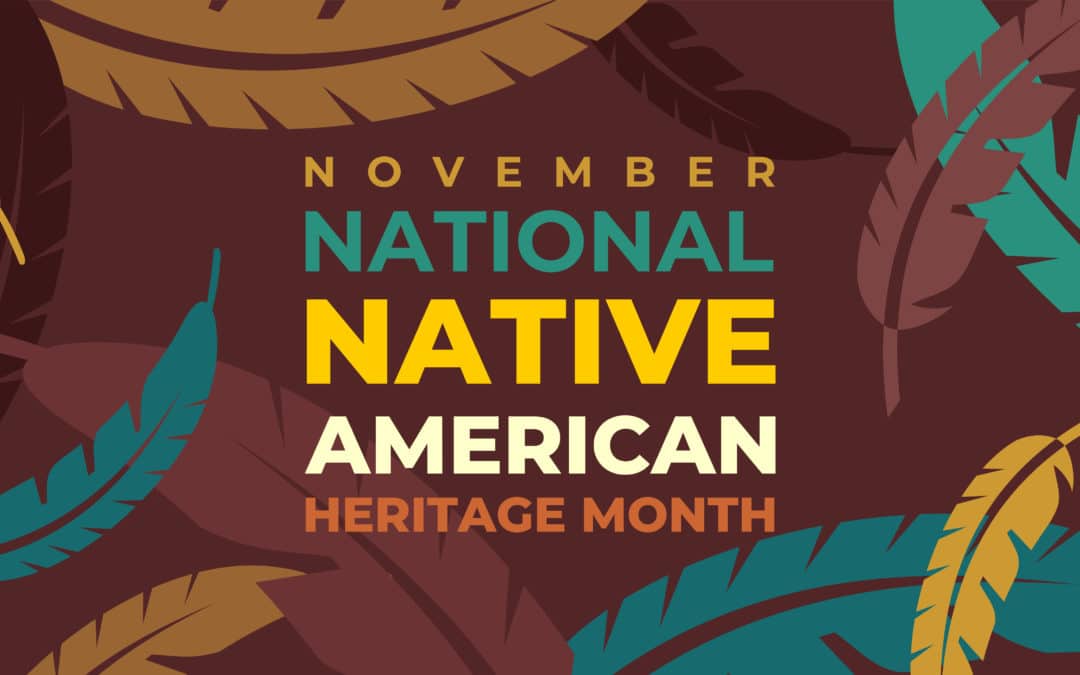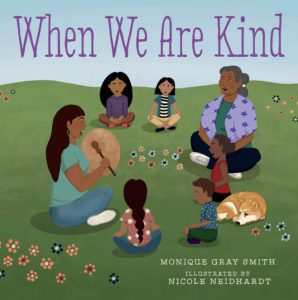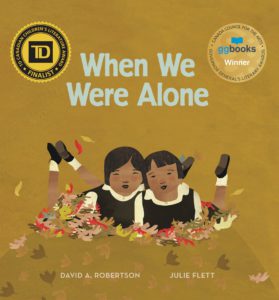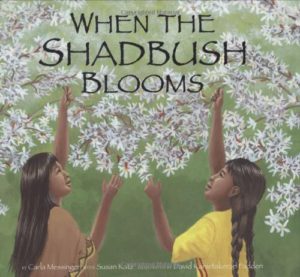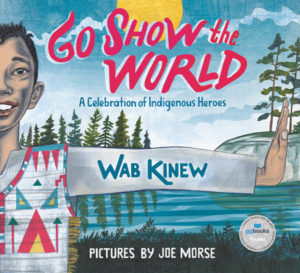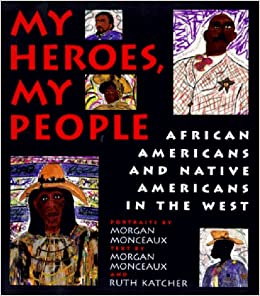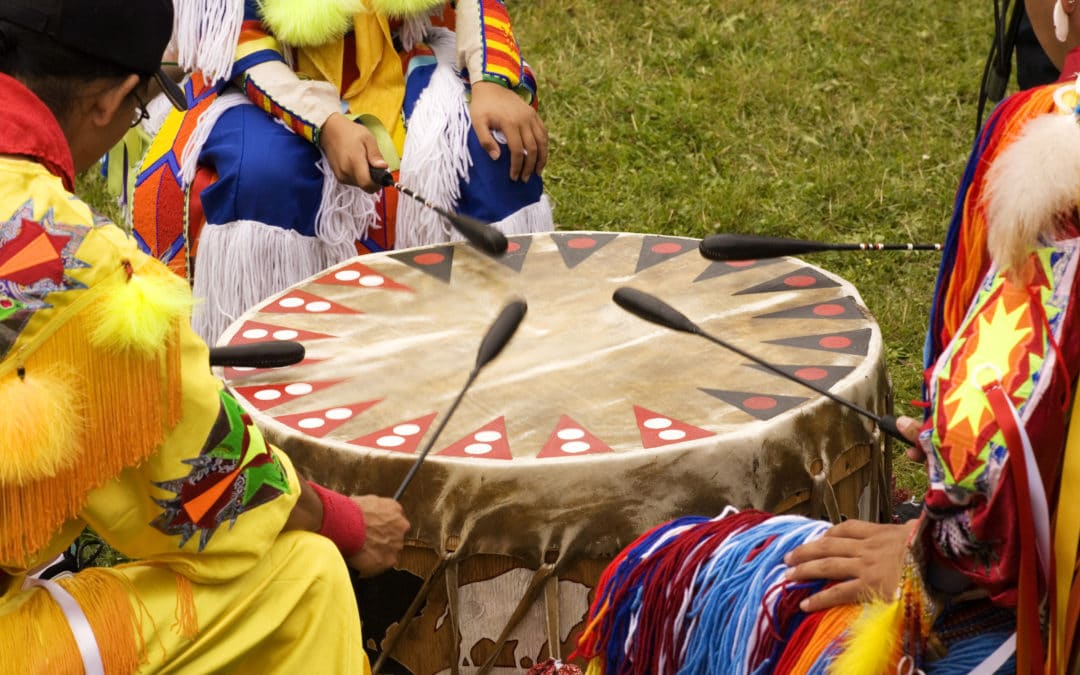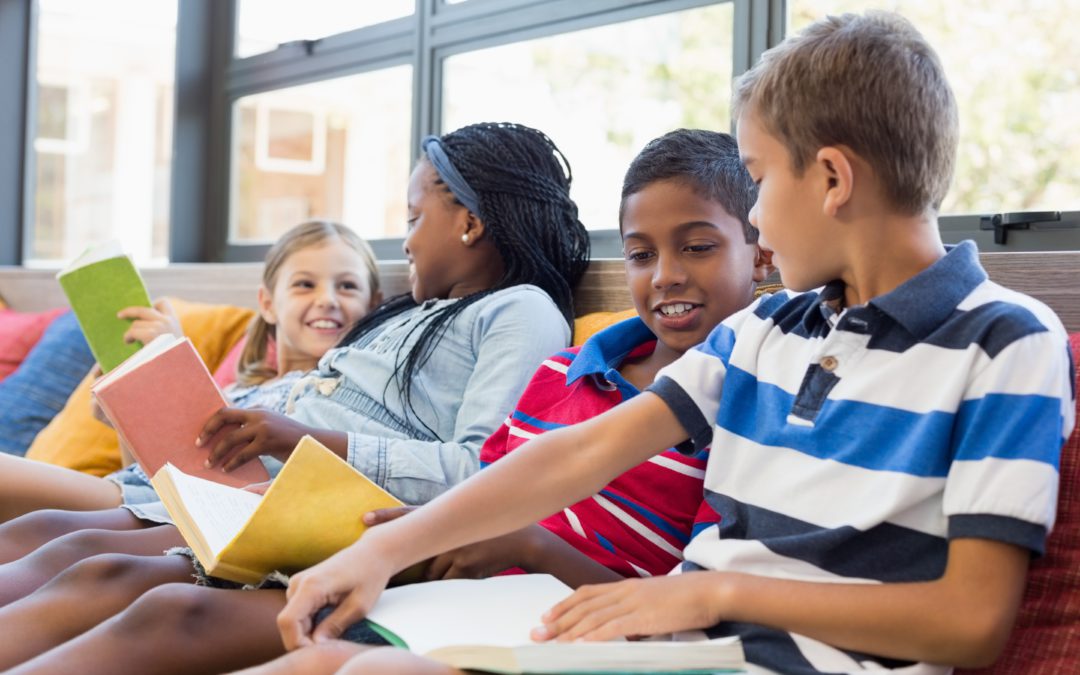
Evaluating Literature with BIPOC
When you choose literature featuring Black, Indigenous, and People of Color (BIPOC), it is important to know how “deep” you want to get into the content. Readers can read from identifying elements about the culture to becoming emotionally there with the events taking place. The examples below are explanations on expanding your knowledge of different cultural experiences.
Level 1: Shows customs such as holidays, and cultural elements
Shades of Black, A Celebration of Our Children by Sandra L. Pinkney
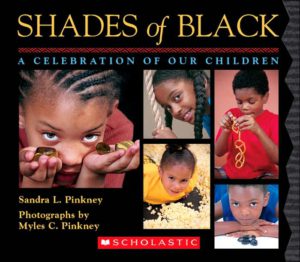
A picture book with positive affirmations and images of children. Pinkney says, “I am Black, I am Unique.” Pinkney compares the different shades of each child to vanilla ice cream, golden brown sugar, velvety orange, and much more. This book shows more cultural elements about the uniqueness of Black children.
This is the Rope, by Jacqueline Woodson
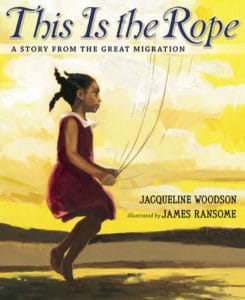
A story about a family’s connection on migrating from the South to the North. A rope that had significance to the little girl’s grandmother living in South Carolina, to the rope being used to tie luggage on a car, and then used to hang a sign on a family reunion. This story highlights how something as small as a rope is passed down to different generations as a family “heirloom.”
Level 2: Describes concepts and themes, folktales
Chicken in the Kitchen, by Nnedi Okorafor
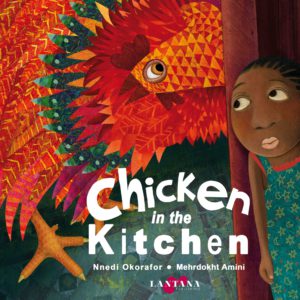
Anyaugo woke up one evening to a decadent chicken roaming in the kitchen. She is afraid the chicken will ruin their yam dishes. She found guidance from Wood Wit, a nature spirit. The Wood Wit gave her advice, and Anyaugo calmed the chicken down. When the chicken left, she learned that ancestors returned to dance showing that death was a natural part of life. This chicken was an ancestor coming back for a midnight snack. This story incorporates a folktale about her African village.
The Golden Flower: A Taino Myth from Puerto Rico, by Nina Jaffe
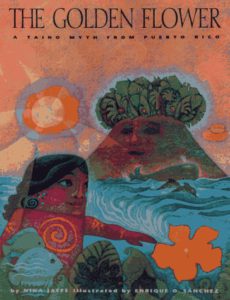
This Taino creation story describes how the island of Puerto Rico came into existence when the Earth was a desert without water.
Level 3: View different perspectives. Gives historical accounts and authentic culture.
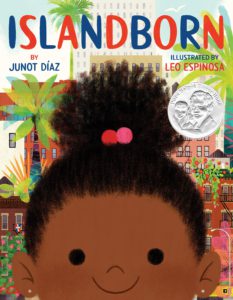
A little girl must illustrate the land where she was born. She is sad because she moved away as a tiny baby and her friends all knew about their ancestral lands. So she asks her grandmother, her cousin, the baker, the barbershop owner, her mom, and her building superintendent about the island. Lola discovers the world that she left behind was beautiful full of culture, music, and even danger.
Ho’Onani Hula Warrior, by Heather Gale
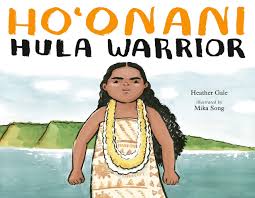
This book provides Hawaiian vocabulary and context about Hawaiian societal roles. Ho’onani preferred doing things differently. For example she wanted to perform Kane, or traditional Hawaiian chants. Her sister did not approve of her because these chants are traditionally performed by men. Ho’Onani was determined and told herself, “Strong and steady. “One the day of the performance, Ho’Onani was strong and made the crowd applaud and wonder in awe. This story challenges cultural statuses, and celebrates perspectives as well.
Level 4: The reader is empowered to change and own the curriculum. It is from historical and social events from different characters where the reader is empowered to take action.
The Lost Tribes, by Christine Taylor Butler
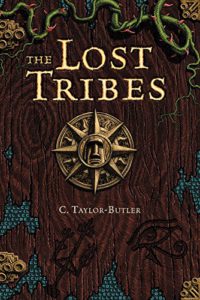
Ben Webster lives a boring life in Sunnyslope. California. He craves two things, a spot on the school’s basketball team and an adventure with his globetrotting uncle. But there are two problems. Ben can’t play basketball and his uncle doesn’t seem to like him much. One day both dreams come true. His skills at basketball suddenly improve and he earns a place on the team. The same day his uncle arrives ahead of a storm and makes an offer: solve a puzzle-filled game in seven days and Ben can join his uncle’s last expedition. But the digital game isn’t as easy as it looks. Enlisting the help of his sister and friends, Ben soon suspects the game is more than it seems. Little does he know that the clues point to the true nature of the “family business.” You will learn about each of his friend’s origins: African, Navajo, Guatemalan, and Nepal. Just as the title recommends, you will discover Lost Tribes.
American Born Chinese, by Gene Luen Yang
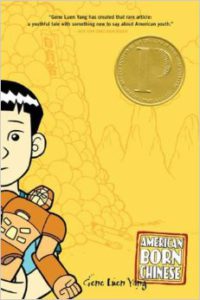
Written for a teen audience, this book ties three stories: folktale, and two modern tales together. In the folktale a Monkey King desires to master disciplines. Adolescents in the two modern tales struggle with fitting in and dealing with stereotypes. Each story is distinctly different with the plot, setting and characterization. However at the end you realize they all have the same meaning at the end with character development and inner struggle. I would hope this book would empower the reader. In essence we all carry preconceived stereotypes and ideas about different races and cultures. This book addresses how someone deals with Asian stereotypes, and the reader would hopefully relate to them and change.
When it comes to choosing literature for children, always consider their educational needs. Currently literature and experiences need to be more inclusive because this world has a set of diverse people who can contribute to the greater good of our society. We hope these evaluation methods can assist you as you determine books that young children to adolescence read.
